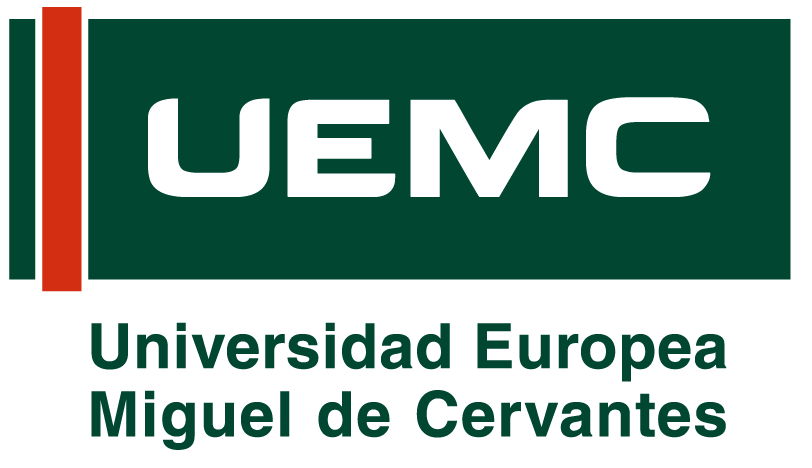By Lorenzo Olivieri.
In the 1931 song Nuttate de Luna (Night of Moonlight), a woman begs the sea to bring back her loved one who left in the night to fish anchovies on a small boat:
I shout to the sea, loud and clear, “I love you dearly—hear me, hear!” It’s enough if you bring him back, the one who can’t be lost to me.

The sea for this small town was an unpredictable yet constant companion, waves were something to pray to, to beg for bringing the loved ones alive on the shores. Too many lives were lost at the mouth of the Adriatic, a temperamental sea always ready to swallow young lives yet generous with fish, the main economic way of survival. Then, in the 70s the tourism industry disrupted the millenary connections. The sea was no longer a scary deity to appease, but a resource to exploit, drained to its last drop. Now, at last, the tide is turning.
To uncover the stories behind the tourism industry in San Benedetto del Tronto, I sat down with Miriam, a local tourism employee, whose insights reveal what are the new strategies they plan for this year.
Tourism here was basically always seaside. Are there attempts to change this?
“Tourism radically changed. It is becoming experiential. Families used to come here, stay for three months. People don’t have the resources to stay here for so long now. We are adapting toward tourism for shorter stays and not only for the summer, but during the entire year.”
What changed?
“The tourist is not settling anymore to be under the umbrella on the seashore. After a while they want to move, to know more. ‘What is this place offering me?’ They wonder.”
This territory has a lot to offer.
“An untapped market still. We are behind 20 years compared to regions like Tuscany. But we have our variety of white truffles, our native variety of white wine, the Passerina and Pecorino. Ripatransone (a town in the mainland, Ed.) organizes Cantine Aperte in October, with wine tasting with local producers.”
Are there attempts to preserve the local cultural patrimony?
“There are private associations who organize theater in the local dialect, but it is a huge effort when, like everywhere in Italy, dialects are dying.”
Is there a synergy between the region and the local administration?
“We collaborate firstly for the territory of the town, but we are working toward the entirety of the region. We are not closed in our territory. We exchange information, ideas and organization.”
I’m a tourist arriving at Ancona airport. How do I move around without a personal transport?
“We touch a sore point here. On the coastline, we have no issue. Trains are many and efficient. If you want to speak about going to the interior, here the difficulties come. Buses don’t venture so far from the coast. During summer, a private company organizes day trip to the Cave of Frasassi (a speleological wonder not far from Ancona) or to the sanctuary of Loreto. But it is left to the private.”
I leave with a word echoing around my head. Private, private, private. Like I saw in my region, the private sector is the one taking the lead, buoyed by frequent economic aid from public administration. Ask about the horror stories of exploitation seasonal workers whisper every year. Wages not paid, long working hours without breaks, absences of official contracts. When the state retreats, exploitation makes its poisonous creepy entrance. I hear my grandmother, originally from near here, telling stories about young kids who worked mending fishing nets until their hands broke just to be chased away when they dared to ask for their meager pittance.
The tourism office is in front of the sea, in a recently renovated seafront. I look at the stormy sea, with the Monument to the Fisherman blowing his horn to warn boats of the bad weather. The machine of progress arrived and fishermen are not dying anymore in the grey sea in front of me. Tourism is changing yet something never changes. Workers are exploited like before and state vanishes like the white foam of the angry sea. It’s too late for a warning I fear.
This article is part of the practical work carried out by the students of the Master’s in Travel Journalism.

